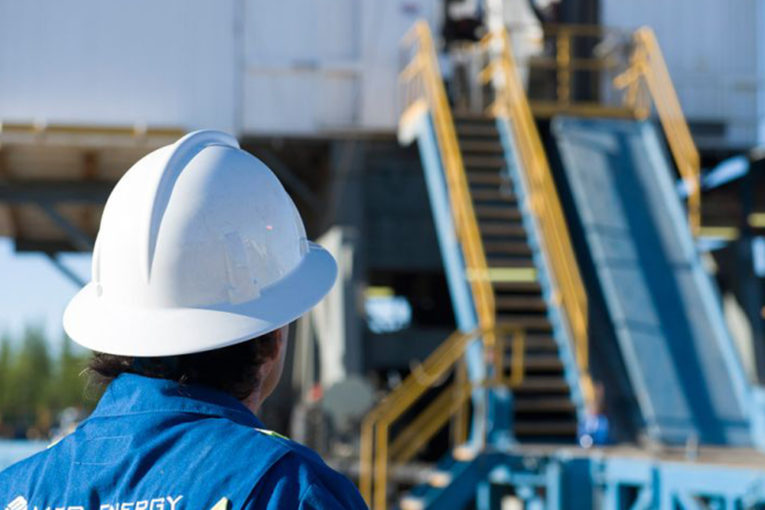
CALGARY — The government of Alberta likely overshot its target when it ordered oil producers in the province to scale back their output, but oilsands companies such as MEG Energy Corp. are enjoying the upside.
MEG Energy released its first quarter results Tuesday that showed the company received the highest prices for its bitumen in the past four years at $50.21 per barrel, compared with just $15.31 per barrel at the end of 2018 when Canadian heavy oil was selling for record low prices and the Alberta government issued its curtailment order.
“It goes without saying, one of the most significant impacts on our strong Q1 results was dramatic narrowing of the (Western Canada Select) differential from US$39 to US$12 per barrel,” MEG president and CEO Derek Evans said on an earnings call.
The higher commodity prices are the direct result of the Alberta government ordering major oil producers including MEG to scale back their production in a bid to lift Western Canada Select prices relative to the West Texas Intermediate benchmark.
However, a new report from IHS Markit suggests the province may have been overzealous in demanding producers to scale back production because the discount shrunk to an average of US$13 per barrel, which was below what should have been the government’s target of US$15 per barrel to US$20 per barrel.
The result has been a rapid drop off in oil-by-rail exports from Western Canada because the discount is too low to justify the additional cost of shipping oil on trains to markets such as the U.S. Gulf Coast.
“It was a full-blown crisis, we would have seen companies struggle to remain solvent. They stepped into the market to prevent a worst-case scenario and what they were trying to do was incredibly difficult,” said Kevin Birn, IHS Markit vice-president, North American crude oil markets, in an interview.
The data precision required to accurately achieve this balancing act on a 4 million barrels per day system may simply not be achievable
The report shows how the data available to the government as it tries to manage the curtailment order is difficult to extrapolate and, in some cases, weeks or months out of date. To further complicate matters, changes in one variable such as the discount between WCS and WTI affect other variables such as storage levels and oil moving on trains.
“The data precision required to accurately achieve this balancing act on a 4 million barrels per day system may simply not be achievable,” the report noted.
IHS Markit expects crude-by-rail export numbers to reach 400,000 bpd next year as the curtailment order expires and as companies try to move their oil out of Alberta despite a lack of new pipeline infrastructure.
National Energy Board data shows oil producers shipped 130,564 bpd for export on railway cars in February, a 60 per cent decrease from the previous month.
For its part, MEG has committed to more pipeline contracts beginning in 2020 and plans to move 100,000 bpd to the Gulf Coast, where Canadian heavy oil fetches a higher price.
Investors should be cautious about heavy oil discounts in the second half of this year but MEG’s commitments to getting its oil to the largest U.S. refining market is “largely underappreciated by the market today,” National Bank Financial analyst John Hunt said in a research note.
MEG took in $919 million in revenues in the first quarter, up 27 per cent from $721 million a year earlier.
However, MEG also recorded a $48 million net loss thanks in large part to hedging contracts in the first quarter, compared with net earnings of $141 million in the same period a year earlier.
MEG shares closed at $5.63, down 2.9 per cent in Toronto on Tuesday.
• Email: [email protected] | Twitter: https://twitter.com/geoffreymorgan” class=”twitter-follow-button”>geoffreymorgan
You can read more of the news on source
